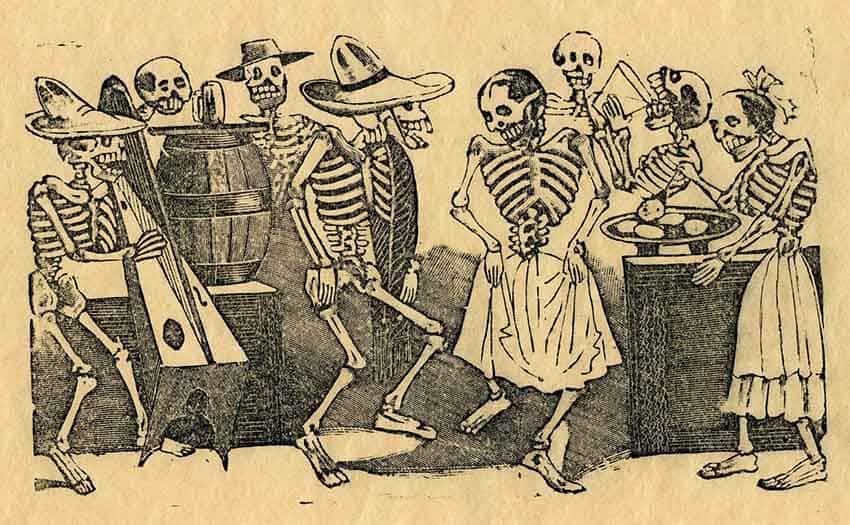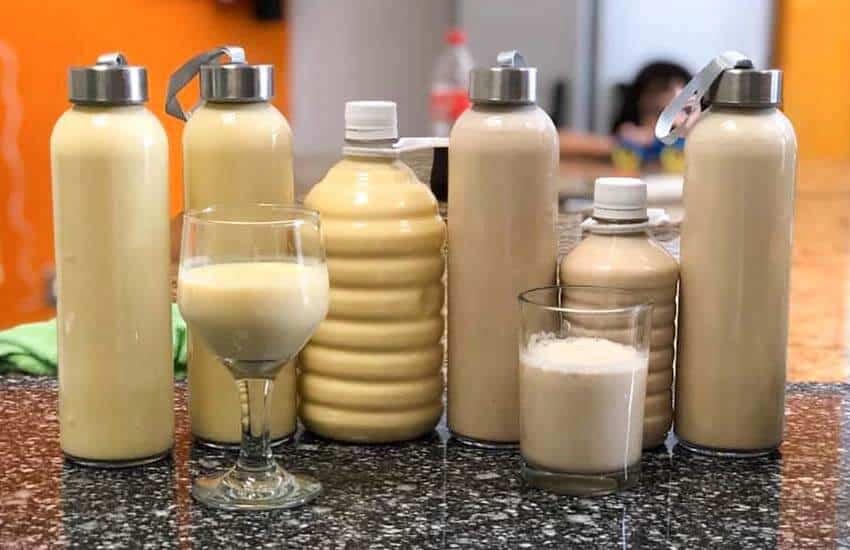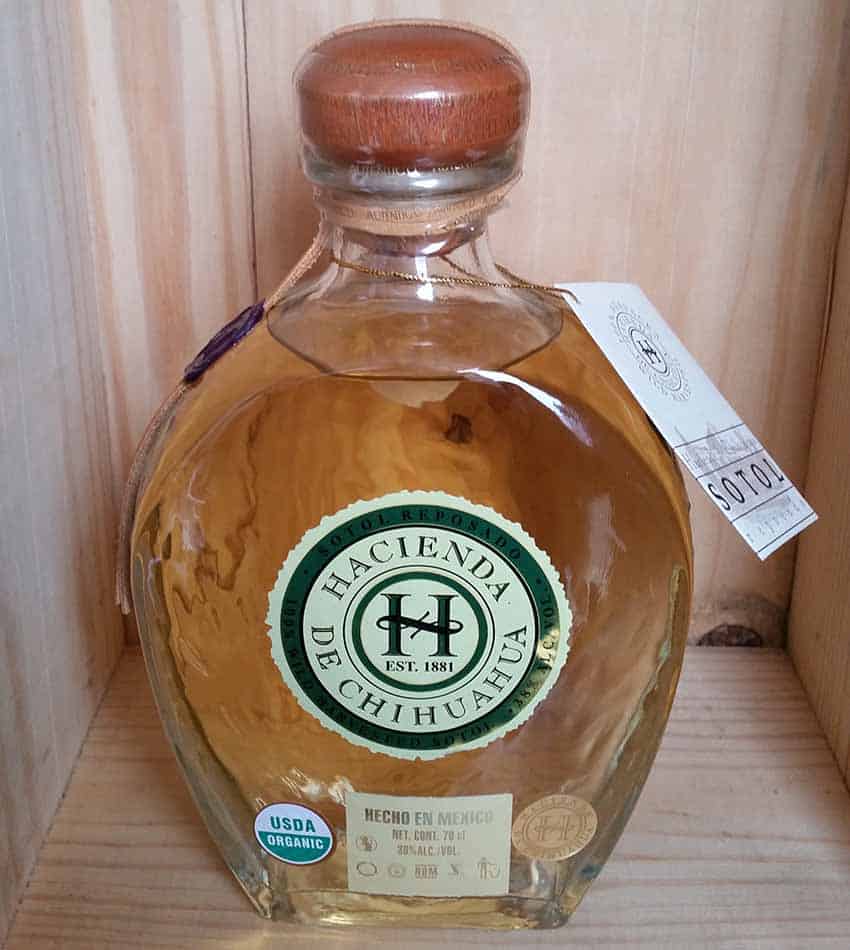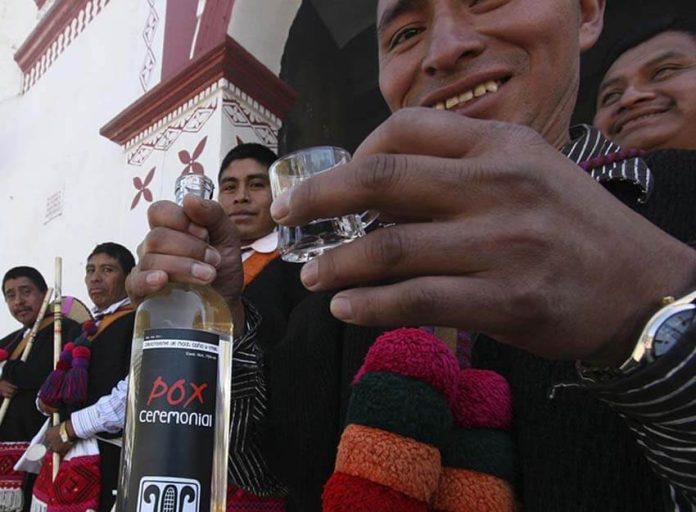I must admit, my first experience with the word for Mexico’s distilled spirits — tequila, mezcal and the like — was with the rotgut available in those plastic beehive-looking jugs back when I lived on the Arizona border.
Since then, however, I’ve gotten an education.
Distillation was unknown in Mesoamerica. The Spanish brought brandy — distilled wine — with them, but to protect winemaking in the mother country, Spain forbade the making of alcoholic beverages in Mexico to anyone except the clergy.
Of course, people always find ways around such a prohibition. Unable to grow grapes in quantity, residents of New Spain found other sources of fermentable sugars.
Pulque, fermented agave sap, was known to the indigenous in Mexico for centuries prior to the conquest, but the beverage does not keep. And Mexico’s original peoples did also have a technique of harvesting and cooking the “hearts” of various agave plants to take advantage of the stored sugars within. These hearts are the source of mezcal and tequila — the latter just being a variety of mezcal from Tequila, Jalisco.

Mexico has over 150 species of agave. At least 22 are suitable for making alcohol. The sweet liquid from cooked agave hearts had the advantage of being distillable and storable, as well as something relatively easy to hide from authorities. Different agave species produce different flavors, from something neutral to those that will knock your socks off.
Oaxaca is best known for mezcal, but its production can be found in many of Mexico’s states from Chiapas and Yucatan to the northern border. Most of these are called mezcal, but some go by other names, which can make them seem to be completely different liquors.
Aside from tequila, there is bacanora, a mezcal produced in and around Bacanora, Sonora. Its production and consumption were banned for decades as late as the 20th century, leading to a local history not unlike that of moonshine in the United States.
It is legal again and making a comeback: producers are experimenting with versions containing almond, pecan and pine nut flavors.
Other mezcals named after their place of origin include chichihualco from Guerrero and tuxca from Jalisco and Colima.
Several are named after the variety of agave. Sotol, from Chihuahua, is named after the sotol agave. Henniquen (sometimes called sisal), a liquor of the Yucatán Peninsula, is made from the same agave that produces rope. Lechuguilla and bingarrote are also derived from the name of their respective agave plants.

And then there’s rum: the Mexicans don’t think of themselves as rum drinkers, but sugar cane alcohol has played an important role in many Mexicans’ drinking habits.
The reason is that sugar cane alcohol is not called rum here, not even in Caribbean-bordering Veracruz and Yucatán. The wide variety of local names for it comes from references to different preparations and locations where it is made.
Therefore, to both relate the different preparations and distinguish them from the rum popular in other parts of the New World, I will call Mexican sugar cane-based alcohol caña, the Spanish word for cane.
Distilled caña got its start in areas where the Spanish introduced sugar cane cultivation, but its popularity went beyond those hot, humid areas. This is because sugar cane juice can be dried, transported and then easily rehydrated for fermentation.
Straight up caña is most likely found in sugar cane growing areas such as Morelos and parts of Michoacán. In fact, it was the Aguardiente de Caña from Zacualpan, Morelos, that made me rethink my definition of aguardiente. It is a good rum.
Although mezcal can be and is mixed with other flavorings, it is most often drunk in shots, with maybe a citrus and/or salt and/or worm chaser. On the other hand, caña is almost always drunk in preparations with other flavorings that are added either during and/or after the fermentation and distillation process. The wide variety of names of these beverages refer to these different preparations, with no reference to the caña base.

There’s one example you may very well know: Kahlua, a coffee and cream liqueur created in the state of Veracruz. It is very much like toritos, mixtures of caña and dairy with other flavors popular in the same state.
If you live in Mexico, you have also likely seen rompope, an egg-based sugar cane liqueur found in supermarkets and popular at Christmas. They have long been made in monasteries and convents.
In many areas of the country, caña has traditionally been steeped with local fruits, nuts and/or herbs to produce liqueurs that are consumed as digestifs and as medicine. They go by a myriad of names: acachul and yolixpa in Puebla, verde and morita in Xico, Veracruz, and mistela in Chiapas, Oaxaca, Yucatán and Campeche, just to name a few.
Most are produced at home or by small businesses and sold in markets and roadside stands, but some have gone commercial at least regionally.
One is mosquito, an orange-flavored sweet liqueur from the city of Toluca, and damiana, named after the plant that gives the liqueur its flavor (Turnera diffusa) from Baja California. The latter has become almost synonymous with the Damiana Guaycura brand because of its distinctive bottle.
The best-known caña that is drunk straight is charanda, from Michoacán. Named after a town in that state, it can be fermented and distilled either from pure sugar or with grapes or other fruit added, which will change the flavor. It used to be a very cheap alcohol, but prices for the better brands now match those of other spirits.

Charanda can go by other names in Michoacán depending on where it is made, but the name now is regulated by the federal government the way tequila is.
Oddly, corn never became a widely-used base for creating alcohol in Mexico. According to food and spirit expert Nils Bernstein, the reason is that it is much easier to extract fermentable sugars from agave and cane than from corn, especially the very starchy varieties favored in Mexico.
Brandy is known here, often drunk mixed with Coca-Cola, but almost all of it is the Presidente brand produced by the Domecq company. Mexico has also begun producing various other spirits like gin and vodka, even sake, but none of these are considered traditional.
Leigh Thelmadatter arrived in Mexico 18 years ago and fell in love with the land and the culture in particular its handcrafts and art. She is the author of Mexican Cartonería: Paper, Paste and Fiesta (Schiffer 2019). Her culture column appears regularly on Mexico News Daily.
